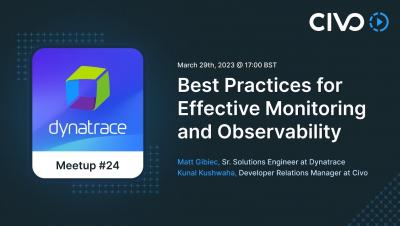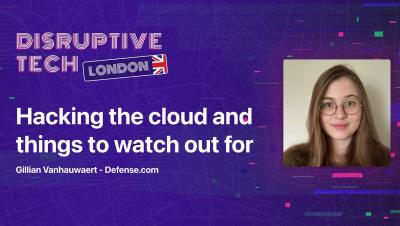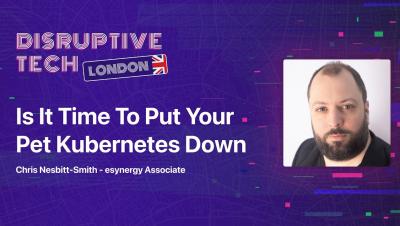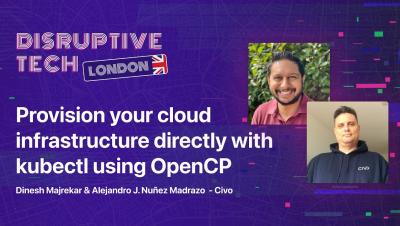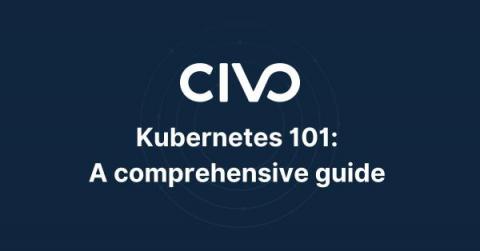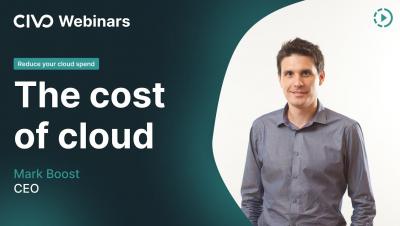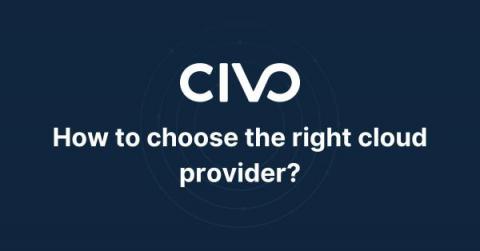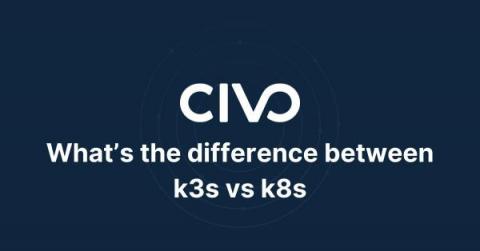Operations | Monitoring | ITSM | DevOps | Cloud
March 2023
Hacking the Cloud and Things to Watch Out for - Civo.com
Is it Time to Put Your Pet Kubernetes Down? - Civo.com
Provision your Cloud Infrastructure Directly with kubectl using OpenCP - Civo.com
Kubernetes 101: A comprehensive guide
Over time, Kubernetes has become a household name for container orchestration as organizations aim to streamline complex processes. With its rapidly growing popularity and convenient ecosystem, many organizations started using it to manage their applications and workloads. But what exactly is it, and how did it come into existence?
The Cost of Cloud - Mark Boost
How to choose the right cloud provider?
With the need for cloud computing and cloud-native technologies, many businesses are moving workloads to the cloud. Hence, there will be a need for a cloud service provider. This blog will cover the steps to choosing the perfect cloud provider and how a multi-cloud approach can reduce costs. In our meetup with Mark Boost, Dinesh Majrekar, and Saiyam Pathak, they discussed the current state of the cloud industry, why costs are so high, how to reduce your spending, and looking at how Civo can help.
k3s vs k8s - The Difference Between k3s vs k8s
Our CTO Andy Jeffries explains how k3s by Rancher Labs differs from regular Kubernetes (k8s). Since we launched the world’s first k3s powered, managed Kubernetes service – we’ve had a lot of questions from our members on what the differences are between k3s and k8s (full blown Kubernetes), aside from the choice from each on how to capitalise a "K" (or not).
K8s Control Plane - Securing Kubernetes API with Intel SGX
Security in the cloud has become an increasingly important topic over the years, with the move to more managed services, additional trust is being handed over to cloud providers. With this being said, we must begin to pay closer attention to the security surrounding cloud computing, especially when it comes to Kubernetes. Join me as I explore the concept of confidential computing and a new use case we at Civo have been working on related to the Kubernetes control plane in managed clusters.


